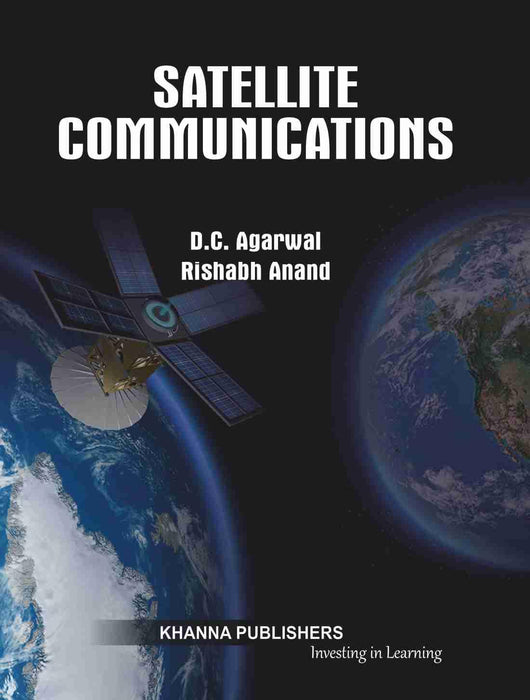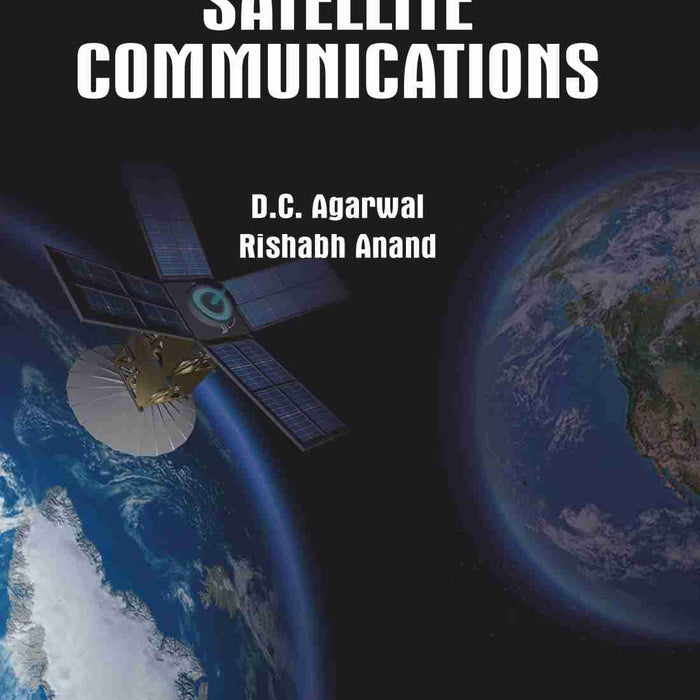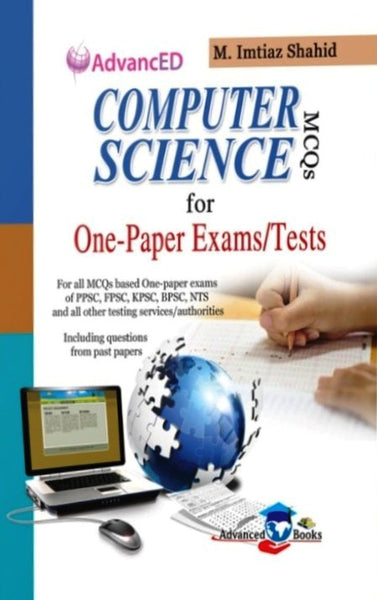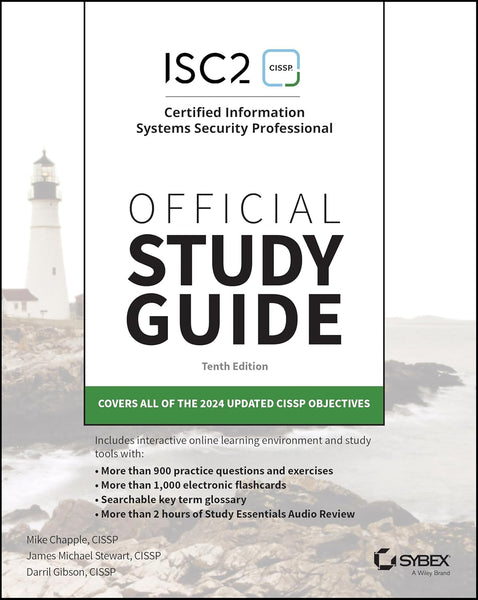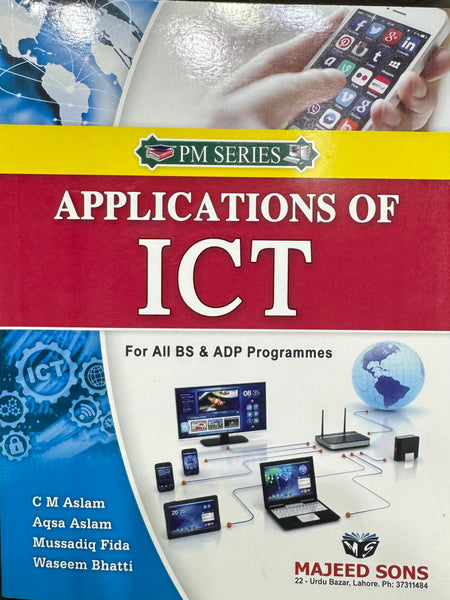Satellite Communications by D C Agarwal (Author)
- Publisher: COMPUTER SCIENCE
- Availability: In Stock
- SKU: 07170
- Number of Pages: 210
Rs.530.00
Rs.890.00
Tags: best books , Best Price , best prices , best shop , BNB , bookshop , bookshop online , bookshopPakistan , buy online books , communication networks , communication satellites , D.C. Agarwal , digital communication , frequency spectrum , geostationary satellites , global communication , good books , good booksonline , microwave communication , mobile satellite systems , online books store , Online Bookshop , Online Bookshop Pakistan , online shopping , Online Shopping Pakistan , OnlineShoppingPakistan , PakistanBookshop , PakistanOnlineShopping , price cut , price-friendly Comprehensive , ReasonablePrice , reduced price , Rishabh Anand , satellite applications , satellite bandwidth , satellite communication engineering , satellite communication protocols , satellite communication systems , satellite communication technology , Satellite Communications , satellite coverage , satellite data , satellite design , satellite infrastructure , satellite links , satellite networks , satellite orbits , satellite signal processing , satellite technology , satellite transmission , satellite-based internet , satellite-based services , Shopping , ShopSmartPakistan , signal propagation , space communication , space industry , space science , telecommunication systems
Satellite Communications by D.C. Agarwal and Rishabh Anand provides a comprehensive introduction to the fundamental principles and applications of satellite communication systems. The book covers the key concepts of satellite technology, communication links, and satellite orbits, making it an essential resource for students and professionals in the field of telecommunications and satellite communication engineering. It thoroughly explains the various types of satellite systems, including geostationary, low-earth orbit, and medium-earth orbit satellites, and how they interact with terrestrial systems. The book also discusses important aspects of satellite communication such as frequency allocation, link budgeting, modulation techniques, and the impact of weather and other factors on signal transmission. It incorporates real-world examples and practical approaches to help readers grasp the theoretical and practical components of satellite communication systems. This text serves as an excellent guide for anyone involved in satellite communication, from beginners to experts.
Key Points:
-
Basic Satellite Communication Concepts: The book introduces the core principles of satellite communication, including the types of communication satellites, frequency bands, and key components like transponders and ground stations.
-
Types of Satellites: Detailed explanations of different types of satellites are provided, including geostationary orbit satellites (GEO), low-earth orbit satellites (LEO), and medium-earth orbit satellites (MEO), each with distinct characteristics and applications.
-
Satellite Orbits and Mechanics: The book covers the orbital mechanics behind satellite placement, discussing orbital parameters, launch vehicles, and the advantages and disadvantages of various satellite orbits.
-
Communication Link Design: Key topics such as link budgeting, signal propagation, and the design of satellite communication links are explored, giving readers a deep understanding of how signals travel from one point to another.
-
Modulation Techniques: The text explains the different modulation and demodulation techniques used in satellite communication, including Frequency Modulation (FM), Phase Modulation (PM), and Quadrature Amplitude Modulation (QAM).
-
Satellite Frequency Allocation: The authors address the importance of frequency allocation, interference management, and the role of regulatory bodies such as the International Telecommunication Union (ITU) in satellite communication.
-
Impact of Atmospheric Conditions: The book examines how weather conditions, such as rain fade, ionospheric delay, and solar activity, can affect satellite communication systems and how these issues are mitigated.
-
Satellite Communication Systems Design: It provides a step-by-step approach to designing satellite communication systems, including the calculation of link budgets, coverage area, and satellite capacity.
-
Applications of Satellite Communications: The book explores the wide range of satellite communication applications, including broadcasting, remote sensing, global navigation satellite systems (GNSS), and military communications.
-
Future Trends and Challenges: The authors discuss the future of satellite communications, including emerging technologies like small satellites (CubeSats), inter-satellite links, and the integration of satellite systems with 5G networks.
Conclusion:
Satellite Communications by D.C. Agarwal and Rishabh Anand offers an in-depth yet accessible exploration of satellite communication technologies. The book serves as an excellent resource for students, engineers, and professionals seeking to understand the complex systems behind satellite-based communication. It effectively blends theory with practical applications, providing both the foundation needed for beginners and advanced insights for experienced individuals in the field. The coverage of modern trends and challenges ensures the book remains relevant as the satellite communications industry continues to evolve.
════ ⋆★⋆ ═══
Writer ✤ D.C. Agarwal (Author), Rishabh Anand (Author)

